Basic First Aid Treatments for the Trail
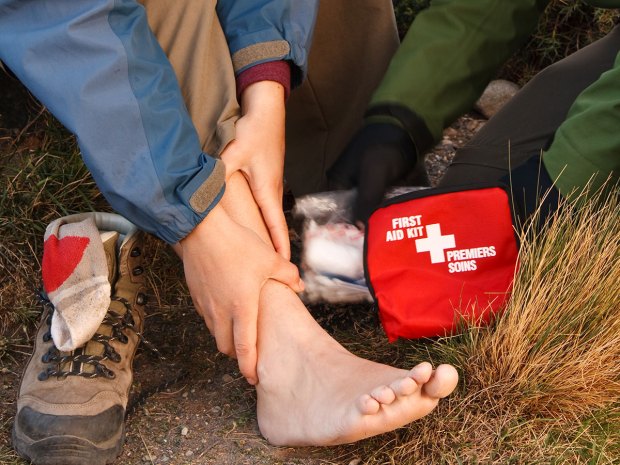
No matter how well-prepared you are, injuries can strike anywhere on the trail. Know what to do when they strike. The next time you see one of these five common problems, you can spring into action.
HOW TO TREAT BLISTERS
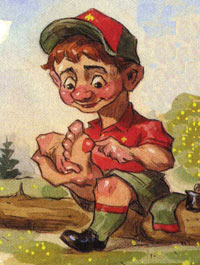 Look for this: A red, tender area, usually on feet and hands.
Look for this: A red, tender area, usually on feet and hands.
Do This: Cover it with a piece of tape, If the blister is torn, use scissors and tweezers to remove the dead skin. Clean it with antiseptic solution or soapy water and cover it with antibiotic ointment and a bandage until it heals. If the blister is intact, clean it and apply antibiotic ointment and a strip of tape. Then, cover the blister with gauze or felt, and secure it with smooth tape or moleskin.
Don’t Get Them: Prevent blisters by making sure new boots fit well and are broken in slowly. Wear a thin, acrylic inner pair of socks and a thicker synthetic or wool outer pair. Apply foot powder twice a day to keep your feet dry. Cover any area you think might blister with tape, moleskin or petroleum jelly.
HOW TO TREAT A SPRAINED ANKLE
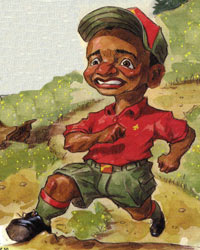 Look for this: Your foot turns inward, and the thick bands (ligaments) that support your ankle joint stretch and tear. The area just below the outer knob of your ankle (sometimes, the inner knob) will be very tender and start to swell. If the knob is tender, you probably broke your ankle.
Look for this: Your foot turns inward, and the thick bands (ligaments) that support your ankle joint stretch and tear. The area just below the outer knob of your ankle (sometimes, the inner knob) will be very tender and start to swell. If the knob is tender, you probably broke your ankle.
Do This: Control the swelling. Wrap an elastic bandage around the ankle, starting at the base of the toes and finishing a little more than three inches above the ankle. Elevate the ankle above heart level and apply an ice pack. If you don’t have an ice pack, soak the ankle in a cool stream. Rest the ankle as much as you can. If you must walk to get out of the wilderness, take off the bandage and put your boot back on. Use a walking stick for support and stop every hour or so and elevate your ankle for 10 minutes.
HOW TO TREAT A BROKEN COLLARBONE
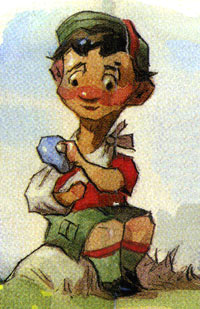 Look for this: If you take a tumble and land hard on your shoulder, you may break your collarbone. You’ll see and feel the break.
Look for this: If you take a tumble and land hard on your shoulder, you may break your collarbone. You’ll see and feel the break.
Do this: It won’t hurt as much if you keep the arm in a sling. Make the sling out of a triangular bandage, a shirt or a piece of cloth. Rest the injured arm on on the bandage, and wrap one corner behind the victim’s neck and tie it to the safety pin to keep the elbow in place. Strap the sling against the chest with an elastic bandage. Apply ice to the collarbone, and rest in a nearly upright position. Loosen the sling if the fingers become numb or turn blue.
HOW TO TREAT A POISON IVY RASH
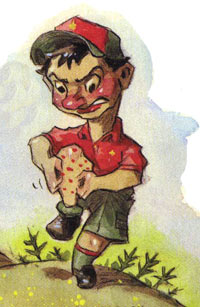 Look for this: Red, swollen patches and blisters.
Look for this: Red, swollen patches and blisters.
Do This: After brushing against poison ivy, wash the area with soap and water immediately. If you don’t, you might break out in a rash one to three days later. If you get the rash, apply cool burrow’s solution or oatmeal compresses for 15 minutes. Do this four times a day. After each of the compresses, apply calamine lotion. If the rash is widespread, add a cup of oatmeal to a tub of water and soak in it for 15 minutes, three times a day. Take an antihistamine tablet, such as diphenhydramine (Benadryl), to control itching. Apply moisturizing lotion to soften the scabs, and don’t pick at them. Be patient. The rash will take about two weeks to heal.
HOW TO TREAT BLEEDING
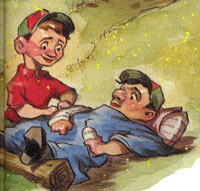 Look for this: Dark blood oozing from a wound comes from cut veins. Bright, red blood that spurts from a wound comes from an artery. Arterial bleeding can be more serious and is harder to control, but the treatment is the same.
Look for this: Dark blood oozing from a wound comes from cut veins. Bright, red blood that spurts from a wound comes from an artery. Arterial bleeding can be more serious and is harder to control, but the treatment is the same.
Do this: The victim might bleed to death if the flow is not controlled. First, apply firm pressure to the wound with any clean, bulky material. Your shirt will do if nothing else is handy. If that doesn’t stop the bleeding within a few minutes, pack the wound with sterile gauze and cover it with lots of bandages. Then, wrap gauze and an elastic bandage around it. Put the victim in the “shock position” with his head down, legs flexed at the hips and knees straight. Cover him with an open sleeping bag and offer him sips of water while someone goes for help.
STOCK UP YOUR FIRST AID KIT
Serious campers should know what goes in a medical kit — and how to use the contents. Here is what each person should carry to treat most minor emergencies.
WOUND CARE MATERIALS:
- Bar Soap
- Antibiotic ointment, 1-oz. tube
- 4 Adaptic dressings, 3″x3″
- 10 sterile dressing pads, 4″x4″
- 2 roll bandages, 4″ by 5 yards
- 2 Suripads, 8″x10″ or ABD pads 8″x8″
- 1 roll waterproof adhesive tape
- 10 bandage strips, 1″x3″
- 10 skin closure strips, 1/4″ x 3″
- 10 skin closure strips, 1/2″ x 3″
- Compound benzoin tincture, 2 oz.
MEDICINES:
- 20 aspirin, acetaminophen or ibuprofen tablets
- 20 diphenhydramine tablets, 25 mg.
- 10 imodium tablets
- Calamine lotion, 8 oz.
- 12 Domeboro tabs
- Sunscreen, 8 oz.
- Zinc oxide, 1 oz.
MISCELLANEOUS:
- 2 instant cold packs
- 2 elastic bandages, 3″ and 6″
- Bulb irrigating syringe, 60 cc
- Triangular bandage
- 6 large safety pins
- 2 tongue blades
- Scissors
- Tweezers
- Signal Mirror
- Magnifying glass
- Penlight flashlight
- Waterproof matches
- Sam splint
- Moleskin
- Water-purification tablets
Leave a Comment